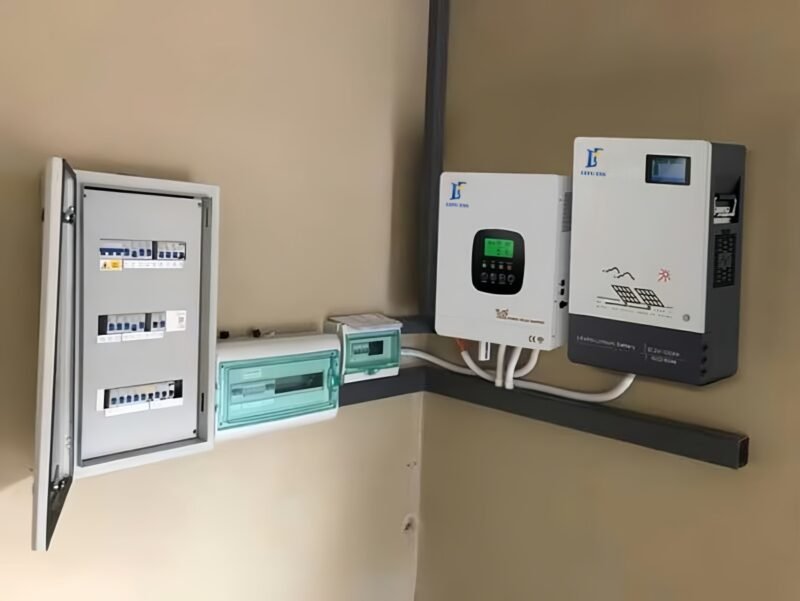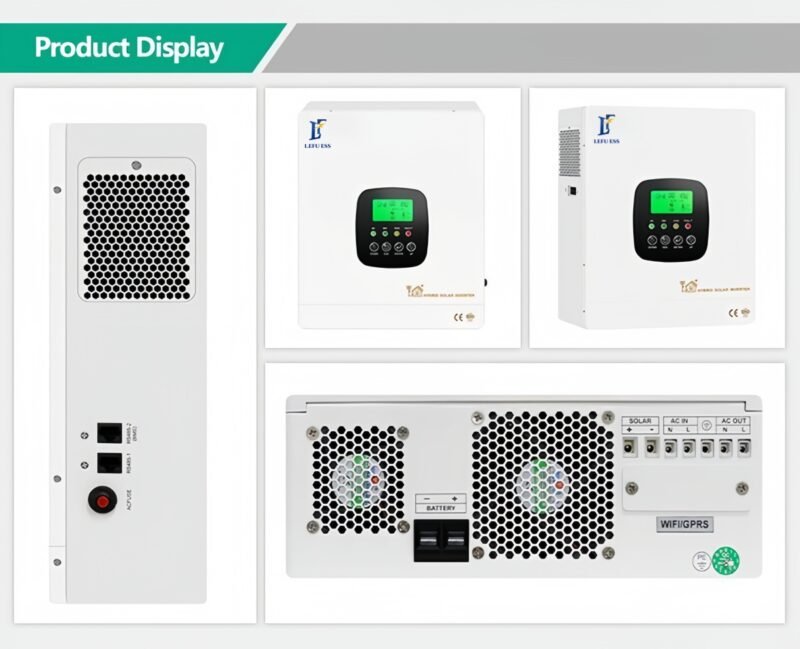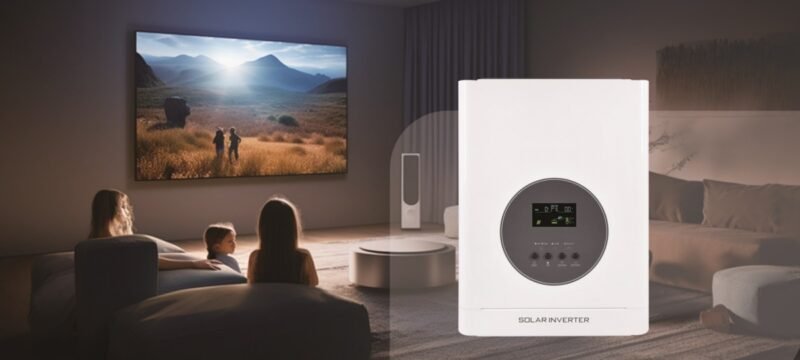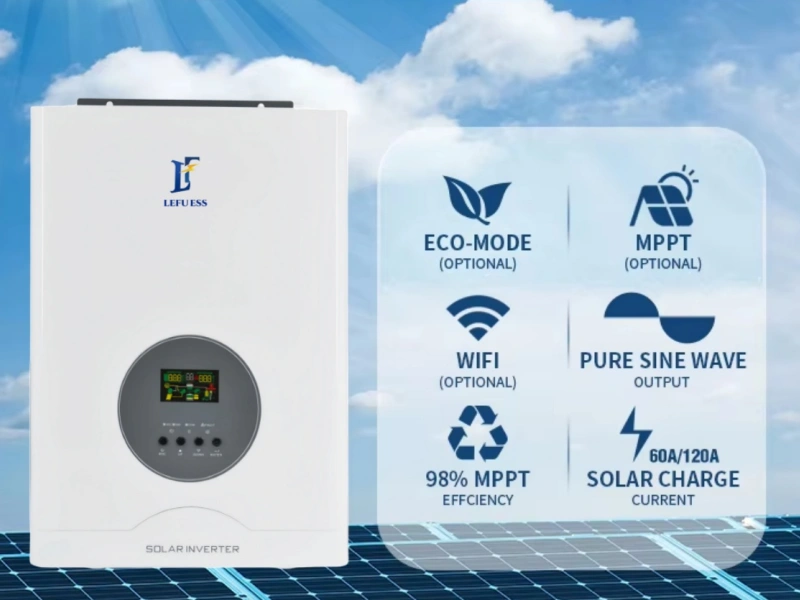High vs Low Frequency Inverters: Key Differences and Use Cases
Introduction

Selecting the right power inverter is essential for ensuring system reliability, cost-efficiency, and long-term performance. Whether you’re sourcing for solar energy systems, EV infrastructure, or industrial backup solutions, understanding the difference between a high frequency vs low frequency inverter helps match product capabilities to operational demands.
High Frequency Inverter Overview
A high frequency inverter uses advanced switching components (MOSFETs or IGBTs) to convert DC to AC with minimal transformer mass. These units are:
- ✅ Lightweight and compact
- ✅ Efficient at lower loads
- ✅ Cost-effective for space-constrained installations
- ❌ Limited surge capacity
- ❌ Less suitable for inductive loads (e.g., compressors, pumps)

Typical applications:
- Residential solar systems
- Power inverter for camper or RV setups
- Vehicle power inverter for light-duty electronics
- Portable 3000 watt inverter units
Low Frequency Inverter Overview
A low frequency inverter incorporates large transformers to handle higher surge loads and provide robust performance under demanding conditions. These units are:
- ✅ Durable and rugged
- ✅ Ideal for inductive and motor-driven loads
- ✅ Reliable in off-grid and industrial environments
- ❌ Heavier and bulkier
- ❌ Higher initial cost

Typical applications:
- Off grid inverter for remote installations
- Battery inverter for industrial backup
- Inverter for solar energy in commercial systems
- High-capacity 5000 watt inverter setups
Comparison Table
| Feature | High Frequency Inverter | Low Frequency Inverter |
|---|---|---|
| Size & Weight | Compact, lightweight | Bulky, heavy |
| Surge Capacity | Lower | High |
| Efficiency | High (at low loads) | Moderate |
| Cost | Lower upfront cost | Higher cost |
| Durability | Less tolerant to harsh loads | More rugged |
| Noise | May produce high-pitched noise | Generally quieter |
Application Scenarios
Choosing between a high frequency vs low frequency inverter depends on:
- Load Profile: Inductive loads require low frequency models
- Installation Environment: Harsh or remote conditions favor rugged designs
- System Size: Match inverter wattage (e.g., 1000 watt inverter, 3000 watt power inverter) to actual usage
- Mobility Needs: High frequency units suit portable and vehicle-based systems
Related Technologies
To support system design and procurement, consider these inverter types:
- Pure sine wave inverter: Delivers clean AC output for sensitive electronics
- Hybrid inverter: Integrates solar and battery management
- Inverter charger: Combines charging and AC conversion
- Converter vs inverter: Clarifies DC-to-AC vs AC-to-DC roles
- PV inverter hybrid: Ideal for grid-tied solar with battery backup
Conclusion
Understanding the technical and operational differences between high frequency vs low frequency inverter models is key to selecting the right solution for your energy systems. Whether you’re integrating solar power, managing industrial loads, or designing mobile energy platforms, the right inverter ensures performance, safety, and long-term value.
If you’re evaluating options for large-scale deployment or regional distribution, we’re here to support your selection process with reliable specs, documentation, and compliance guidance.

